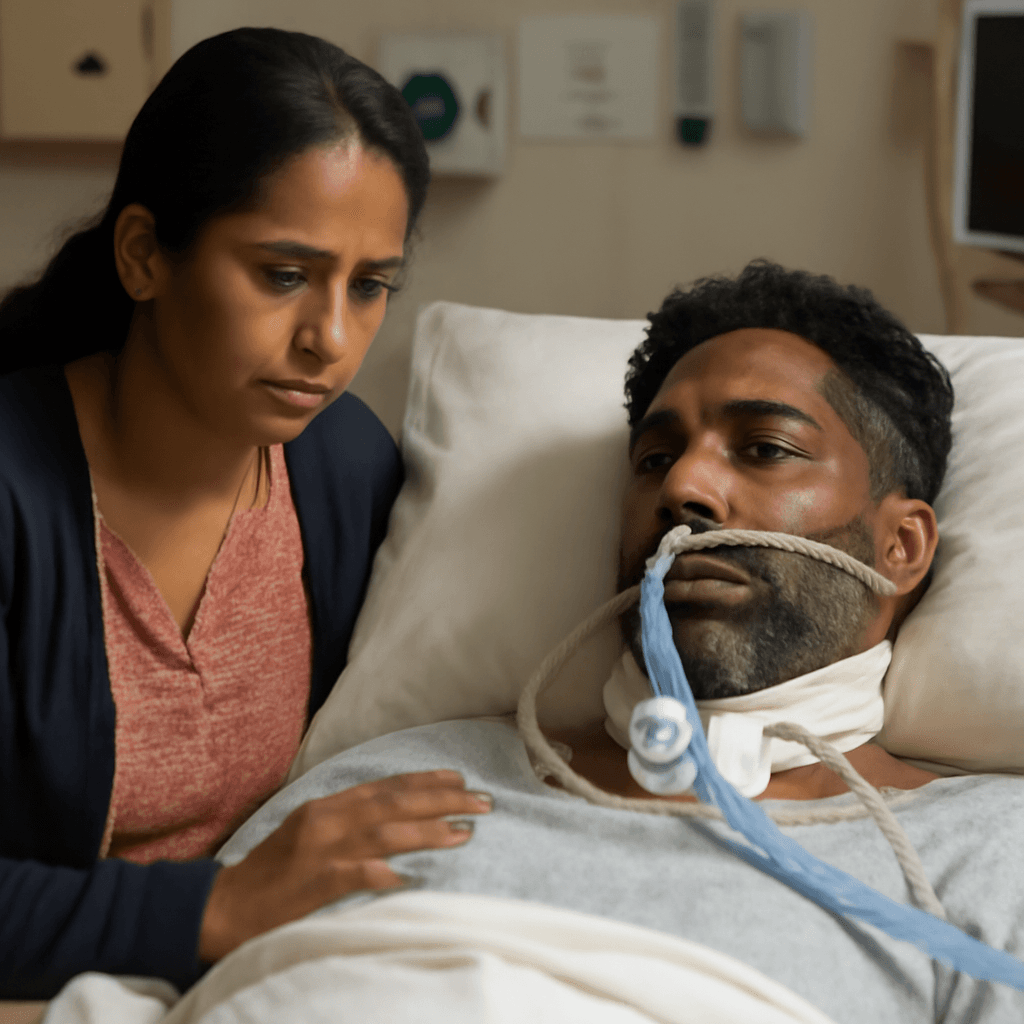Husband’s Early Suspicions Surface in Erin Patterson Murder Case
In a chilling turn of events from Melbourne, Australia, previously sealed pretrial evidence has come to light revealing that Simon Patterson, husband of Erin Patterson, had long suspected his estranged wife of attempting to poison him — well before she was convicted of killing three relatives with a lunch laced with deadly mushrooms.
Background: The Deadly Lunch and Legal Proceedings
Erin Patterson, 50, was found guilty by the Victorian Supreme Court of murdering her parents-in-law, Don and Gail Patterson, as well as Gail’s sister, Heather Wilkinson. The fatal meal, involving beef Wellington pastries tainted with lethal death cap mushrooms, also sickened Heather’s husband, Ian Wilkinson, who survived after weeks in hospital.
Initially, Erin was also charged with trying to murder Simon Patterson, but those charges were dropped before her trial began earlier in 2025. The newly unsealed evidence reveals the extent of Simon’s fears and his decision to avoid his wife’s invitations due to concerns over possible poisoning—a narrative that was withheld from the jury.
Simon Patterson’s Growing Fears
In testimony given months before the trial, Simon Patterson recounted his refusal to attend a lunch prepared by Erin, explaining:
“I thought there’d be a risk that she’d poison me if I attended.”
Since their separation in 2015, Simon had ceased eating food prepared by Erin but had never thought others would be harmed.
He suspected previous attempts on his life involving various dishes — from penne bolognese to chicken korma and vegetable curry wraps — none of which yielded forensic confirmation though his health had mysteriously declined during family camping trips. His doctor encouraged him to track his meals and symptoms meticulously, underlining the seriousness of his concerns.
Erin Patterson’s Police Interview: A Disturbing Insight
Video footage from an interview with Erin, recorded a week after the fatal lunch, offers a stark insight into her mindset. When asked why she invited the victims to the meal, she expressed a desire to maintain bonds with her estranged husband’s family, emphasizing the emotional support she received from Don and Gail Patterson after losing her own parents.
“I love them a lot... They’ve always been really good to me and said they would support me with love and emotional support,” Erin said.
This juxtaposition of affection and alleged lethal action raises profound questions about motive and psychological complexity.
Legal Battles Over Suppressed Evidence
Erin Patterson’s legal team fought to keep this pretrial evidence under gag order, citing concerns that media coverage — including ongoing books, podcasts, and a mini-series — might bias potential jurors if a retrial occurs.
Justice Christopher Beale ultimately lifted the gag order, underscoring the public interest in transparency and the media’s right to report on judicial proceedings.
Upcoming Sentencing and Appeals
Patterson faces a potential life sentence for each murder and up to 25 years for attempted murder. A sentencing hearing is scheduled to begin on August 25, where numerous victim impact statements will be presented.
Following sentencing, Erin Patterson’s lawyers intend to appeal both her convictions and sentence, extending the legal saga.
Contextual Insight: Poisoning in Domestic Crime and Legal Challenges
This case highlights the often underreported phenomenon of covert poisoning in domestic settings — a crime that is notoriously difficult to detect and prosecute due to subtle symptoms and scarce forensic evidence. It also raises broader questions about the legal handling of pretrial evidence, media influence, and fair trial guarantees when public interest intensifies.
From a policy and legal perspective, it underscores the delicate balancing act courts face between maintaining strict evidentiary controls and ensuring transparency in highly publicized cases.
What This Means for Australia and Beyond
- For law enforcement: Increased awareness and training on detecting domestic poisoning may be critical.
- For the legal system: Reevaluating gag orders and media restrictions in high-profile trials could be necessary to balance fairness and transparency.
- For families affected: The case is a tragic reminder of complex domestic relationships and the hidden dangers sometimes lurking within.
Editor’s Note
Erin Patterson’s case delivers a haunting portrait of trust shattered and trust betrayed—layers of familial affection shadowed by deadly intent. As the sentencing looms, we must grapple with tough questions: How can courts protect jurors from bias and yet preserve public transparency? How can we better detect and prevent domestic poisonings before tragedy strikes? This unfolding legal drama isn’t just about one family — it challenges us to reconsider how justice and truth intersect under intense media scrutiny.
Stay tuned as we continue to monitor this case’s developments and explore the deeper societal lessons it offers.



















